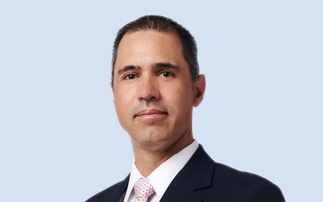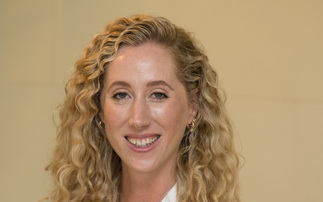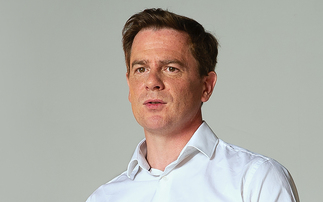Ben Willis, head of portfolio management at Chase de Vere, tells Lauren Mason which three funds in the IA Targeted Absolute Return or risk-adjusted sectors he uses for downside protection, and why he trusts them more than behemoths such as Standard Life GARS and Invesco Global Targeted Returns
While investors are often deterred by some of the IA Targeted Absolute Return sector's volatility spikes and lacklustre returns from some of its larger funds, there are still highly attractive diversification benefits and downside protection to be found within it, according to Chase de Vere's Ben Willis. The head of portfolio management maintains what he describes as a "high weighting" to so-called alternatives across the firm's cautious and balanced portfolios, given how volatile both equities and fixed income investments have been recently. However, he warned that investors need to...
To continue reading this article...
Join Professional Adviser for free
- Unlimited access to real-time news, industry insights and market intelligence
- Stay ahead of the curve with spotlights on emerging trends and technologies
- Receive breaking news stories straight to your inbox in the daily newsletters
- Make smart business decisions with the latest developments in regulation, investing retirement and protection
- Members-only access to the editor’s weekly Friday commentary
- Be the first to hear about our events and awards programmes







